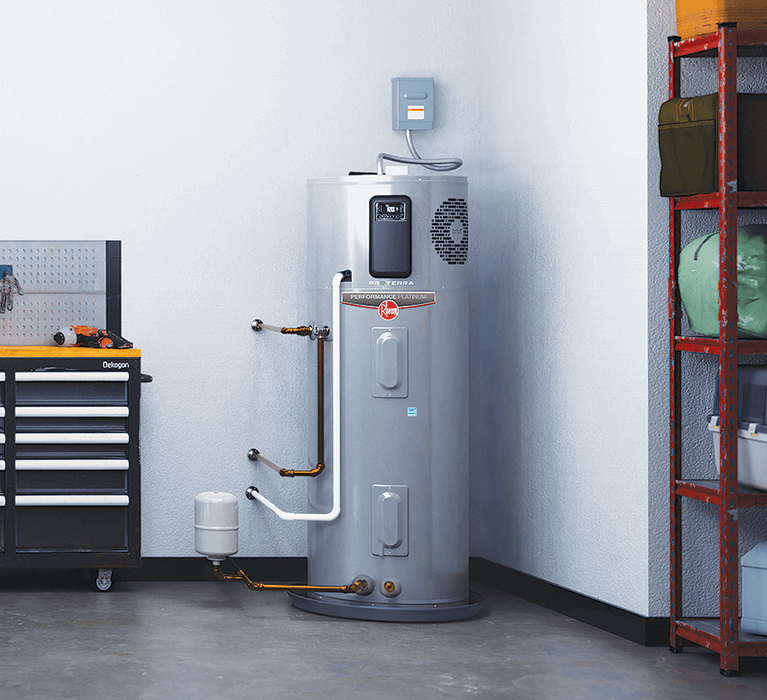Simple Guide to Caring for Your Home's Hot Water System
Simple Guide to Caring for Your Home's Hot Water System
Blog Article
Just how do you feel in relation to Tips on Maintaining a Water Heater?

Hot water is vital for daily convenience, whether it's for a rejuvenating shower or washing recipes. To guarantee your hot water system runs efficiently and lasts much longer, routine maintenance is vital. This post offers practical pointers and insights on how to keep your home's hot water system to avoid disturbances and costly repairs.
Intro
Maintaining your home's hot water system could appear challenging, however with a couple of straightforward steps, you can ensure it runs smoothly for several years to come. This overview covers everything from recognizing your warm water system to DIY upkeep suggestions and recognizing when to contact professional assistance.
Relevance of Keeping Your Warm Water System
Regular upkeep not only prolongs the life-span of your hot water system but additionally ensures it operates successfully. Overlooking upkeep can result in lowered efficiency, greater energy expenses, and also premature failure of the system.
Indications Your Hot Water System Demands Maintenance
Understanding when your warm water system needs interest can prevent significant concerns. Look out for indications such as irregular water temperature level, strange noises from the heating system, or rusty water.
Comprehending Your Warm Water System
Prior to diving into maintenance tasks, it's practical to comprehend the fundamental parts of your warm water system. Generally, this includes the hot water heater itself, pipelines, anode poles, and temperature controls.
Monthly Upkeep Tasks
Routine monthly checks can aid catch small problems prior to they escalate.
Purging the Water Heater
Flushing your water heater eliminates debris accumulation, boosting performance and lengthening its life.
Monitoring and Changing Anode Rods
Anode rods avoid rust inside the storage tank. Checking and changing them when worn is vital.
Inspecting and Adjusting Temperature Level Setups
Readjusting the temperature level setups makes certain optimum performance and safety.
DIY Tips for Maintenance
You can carry out a number of upkeep tasks on your own to maintain your hot water system in top problem.
Looking for Leaks
On a regular basis examine pipes and connections for leakages, as these can result in water damages and greater costs.
Examining Stress Relief Valves
Evaluating the pressure safety valve ensures it works correctly and prevents excessive stress accumulation.
Insulating Pipelines
Protecting hot water pipes reduces warmth loss and can conserve energy.
When to Call a Professional
While DIY maintenance is beneficial, some concerns call for specialist expertise.
Complicated Concerns Calling For Professional Aid
Instances include major leakages, electric troubles, or if your hot water heater is continually underperforming.
Regular Specialist Upkeep Advantages
Expert upkeep can include extensive inspections, tune-ups, and making certain conformity with safety criteria.
Final thought
Regular upkeep of your home's hot water system is crucial for performance, durability, and cost financial savings. By adhering to these ideas and understanding when to look for specialist aid, you can make sure a reliable supply of hot water without unexpected disruptions.
Water Heater Maintenance Tips
Test the TPR Valve
Shut off the power and the cold-water supply valve. Place a bucket under the pipe connected to the temperature-pressure-release (TPR) valve on the top or side of the tank. (This valve opens if the tank pressure gets too high.) Lift the valve’s tab to let some water out, then let go. If water keeps flowing, drain the tank partway, unscrew the old valve with a pipe wrench, and install a new one. Check the Anode Rod
Put a hose to the tank’s drain cock and let out a few gallons of water. Now fit a 1 1/16-inch socket onto the rod’s hex head on top of the heater (or under its top plate) and unscrew the rod. If it’s less than ½ inch thick or coated with calcium, buy a new one, wrap its threads with Teflon tape, put it back in the tank, and tighten securely. Use this segmented rod if headroom above the tank is limited. Drain the Tank and Wash Out Sediment
Drain the remaining water in the tank into the bucket, then stir up the sediment on the tank’s bottom by briefly opening the cold-water supply valve. Drain and repeat until clean water comes out of the hose. Close the drain cock, refill the tank, and turn its power back on. Adjust the Temperature
Find the temperature dial on the side of the tank and unscrew its cover. Adjust the dial to 120 degrees using a flathead screwdriver. For every 10 degrees the temperature is lowered, you can expect to save up to 5 percent in energy costs. Turn the water heater off or the thermostat down to its lowest setting if you plan to be away from home for more than three days. Insulate the Pipes
Buy some self-sticking 3/8-inch-thick foam pipe insulation that matches the pipes’ diameter. Slide the foam over the hot-and cold-water pipes as far as you can reach. Insulating the cold-water pipe prevents condensation in summer. Peel the tape and squeeze the insulation closed. If the pipe is 6 inches or less from the flue, cover it with 1-inch-thick unfaced fiberglass pipe wrap. https://www.thisoldhouse.com/plumbing/21016402/how-to-maintain-a-water-heater

I hope you enjoyed our post about Tips on Maintaining a Water Heater. Thanks a lot for finding the time to read our piece of content. For those who enjoyed our blog posting kindly remember to share it. I am grateful for being here. Kindly visit our website back soon.
Call Today Report this page